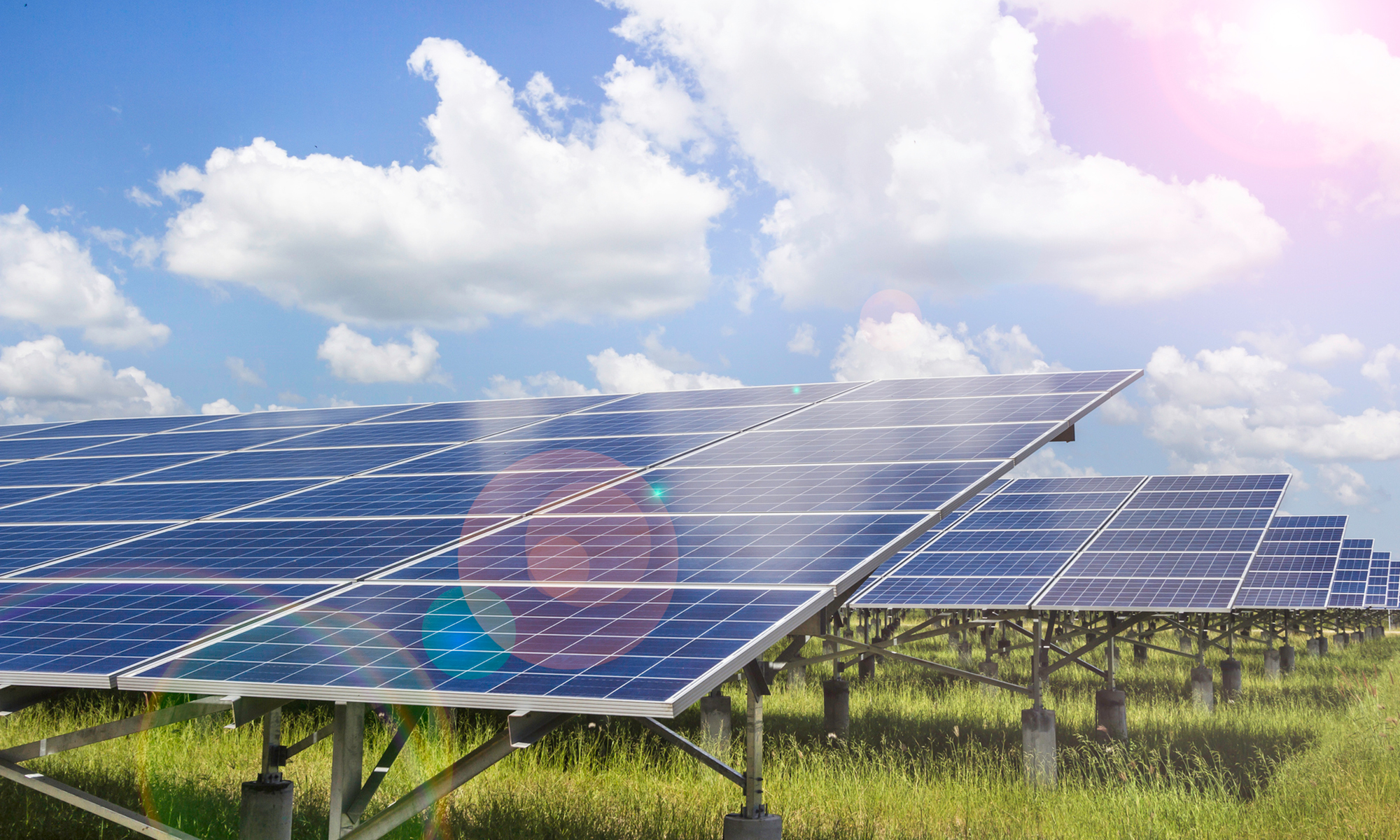The latest hurricane season, which left millions without power for substantial periods of time, was yet another reminder of the urgent need to make America’s electrical grid more resilient. The increasing frequency and intensity of such storms is exposing the vulnerabilities of the aging electrical grid, i.e., the network of transmission and distribution lines often spanning long distances between power generation sources and population centers. These lines can be taken out of service by falling trees, flying debris, or extreme heat or cold, while their substations can be destroyed by flooding, leaving tens of thousands of customers without power at a time.
Microgrids, which provide more localized power generation and distribution, can play a vital role in providing resilience by islanding themselves from the rest of the grid during such outages while continuing to provide power to critical facilities. In addition to providing resiliency, microgrids have other potential benefits, such as reducing peak demands for the larger grid through optimization of resources, reducing carbon emissions through increased energy efficiency and the deployment of renewable energy resources, and acting as market participants in the organized wholesale electricity markets. These evolving roles for microgrids raise legal questions for state and federal regulatory authorities, which are racing to catch up with this technology to provide appropriate guidance and regulation.
To read the full text of this article by Duane Morris attorney Patrick L. Morand, please visit the Natural Resources & Environment website.
